Surprising facts about food insecurity
March 31, 2025
Far more people have trouble getting the food they need than you might realize, and the reasons go beyond easy assumptions. In Delaware alone, more than 125,000 people were food insecure in 2022, according to Feeding America — about 1 in 8 people. That leaves many residents depending on services from organizations like the Food Bank of Delaware to supplement their diets.
Hunger is difficult to measure precisely. Researchers instead focus on food insecurity, which the U.S. Department of Agriculture describes as “limited or uncertain availability of nutritionally adequate and safe foods.”
Food insecurity doesn’t all look the same
Food insecurity may give the idea of famine and starvation, says Allison Karpyn, a professor of human development and family sciences at the University of Delaware. Those extreme situations certainly count. “But I think what we see in food insecurity is this idea of people making really tough compromises for their families between medicine and heat and food, and eating food that they know is not necessarily nutritious.”
Food insecurity and obesity can even go hand in hand. “(People) might have sufficient or maybe even an excess of calories, but they’re not the calories that their body needs for optimal health, or even fair to good health,” says Kim Blanch, director of community outreach at Beebe Healthcare. Instead, these foods can be loaded with fat, sugar and salt.
People who are food insecure may be able to eat, but reduce the quality or variety of their food to make ends meet, the USDA notes. Or, they may have very low food security, which is when they eat less at times because of a lack of food. Nationwide, more than 13 percent of people faced food insecurity in 2023, with about 5 percent facing very low food security, according to USDA estimates.
And yes, that can involve not just poor nutrition, but hunger.
“It’s oftentimes parents and grandparents sacrificing their own meals for the sake of making sure their kids are fed,” Karpyn says.
In Beebe’s community outreach in southern Delaware, they see the whole range from poor nutrition to malnutrition, Blanch says.
The problem may also be a lot closer than you realize. “It could be your neighbor next door, and you just may not know about it, because it’s not often a topic of discussion,” says Shannon Robson, an associate professor of health behavior and nutrition sciences at UD.
There are many reasons for food insecurity
One reason people don’t talk about the problem is because of negative assumptions — that it’s because they’re not willing to work or are abusing drugs. While personal decisions can and do play a role, it’s much, much more complicated than that.
More than half of food insecure households have adults working full time, the USDA says. The next largest share of people struggling with the issue are those who are retired.
Robson, Karpyn and Blanch list possible causes that can hit anyone: Temporary job loss, chronic illness, physical disability, high prices for food and rent, caring for an aging parent, or the ripple effects of substance use disorder when grandparents suddenly find themselves caring for grandchildren.
“There are tons of examples of people unexpectedly getting laid off or just not being able to make ends meet with the dollars and cents they have,” Karpyn says. She reflects that as the population continues to age, we’ll have to grapple more with how to support people with physical limitations.
Blanch points to the reality that many people are well above the official poverty level, but still struggle to make ends meet. These are sometimes categorized as Asset Limited, Income Constrained, Employed (ALICE).
The organization United for ALICE notes that almost 4 in 10 people in Delaware found themselves in this situation in 2022, struggling to pay for key needs like housing, childcare, food, transportation, health care, and more. These can be the people serving you fast food, hauling freight in a tractor-trailer, caring for seniors, or even teaching your kids.
They’re living paycheck to paycheck, Blanch says. “They can’t take a day off of work to take their kid to the doctor, or if they do, they lose a day’s wage if they don’t have (paid time off), or lose part of a day’s wage. If their car breaks down, what happens then?”
Rising food prices, as we’ve all noticed in recent years, slice into these already tight margins. The cost of food went up 23.6 percent from 2020 to 2024, the USDA notes, for a variety of reasons, including disruptions from the COVID pandemic, avian flu, and the Russian invasion of Ukraine. Healthy options were some of the hardest hit.
“It’s really hard for people to afford meat, eggs, produce, things like that, in terms of variety and quality,” says McKenna Halverson, a doctoral candidate at the University of Delaware who is studying the effects of stigma in food support.
Stigma can keep people away from getting the help they need
In her work, Halverson cites research that millions of people don’t even access benefits that they would be eligible for. She is interested in how stigma and stereotypes play into that decision and has surveyed people in the region about their experiences.
Sometimes the stigma is real, like a cashier rolling their eyes when someone uses a benefits card, but often, people react to anticipated stigma, Karpyn says, when they fear they might be discriminated against or looked down on.
“People tell stories about going to the grocery store at night, if they’re going to use their EBT card, or wearing a hoodie and actually almost disguising themselves, or going to somewhere on the other side of town so that hopefully you don’t run into anybody,” Karpyn says.
Halverson recalls, “We had a lot of parents saying, ‘I feel like a bad parent because I’m experiencing food insecurity, and I feel like I should be able to provide food for my children. It makes me have a negative self worth. I blame myself. I judge myself because of this.’”
“It’s a lot of really good people trying to do the right thing who end up in these tough circumstances,” Karpyn says.
It’s not just hunger at stake
People who don’t have enough food, or the right food, tend to suffer from chronic disease, Robson says, although it can be difficult to firmly establish a clear line of cause and effect. Still, the relationship is striking: People in these circumstances have greater odds of serious conditions like diabetes or heart disease.
The food available on people’s shelves may not be adequate to support mental or physical well-being, Blanch says. “There’s a strong correlation between mental health, obesity and poor nutrition.”
Beebe has partnered with the Food Bank of Delaware on a Food Prescription Program to help provide nutritious food to the community while also emphasizing the way food can impact their health. They also teach people how to cook affordable and healthy food with the tools they have on hand.
Hearing stories from people about the desperation they feel, and their gratefulness at having needs met through a food pantry or other benefits, Karpyn says, “really brings home the reality that so many families and individuals are facing.”
To help meet those needs, visit the Food Bank of Delaware’s website at https://www.fbd.org.



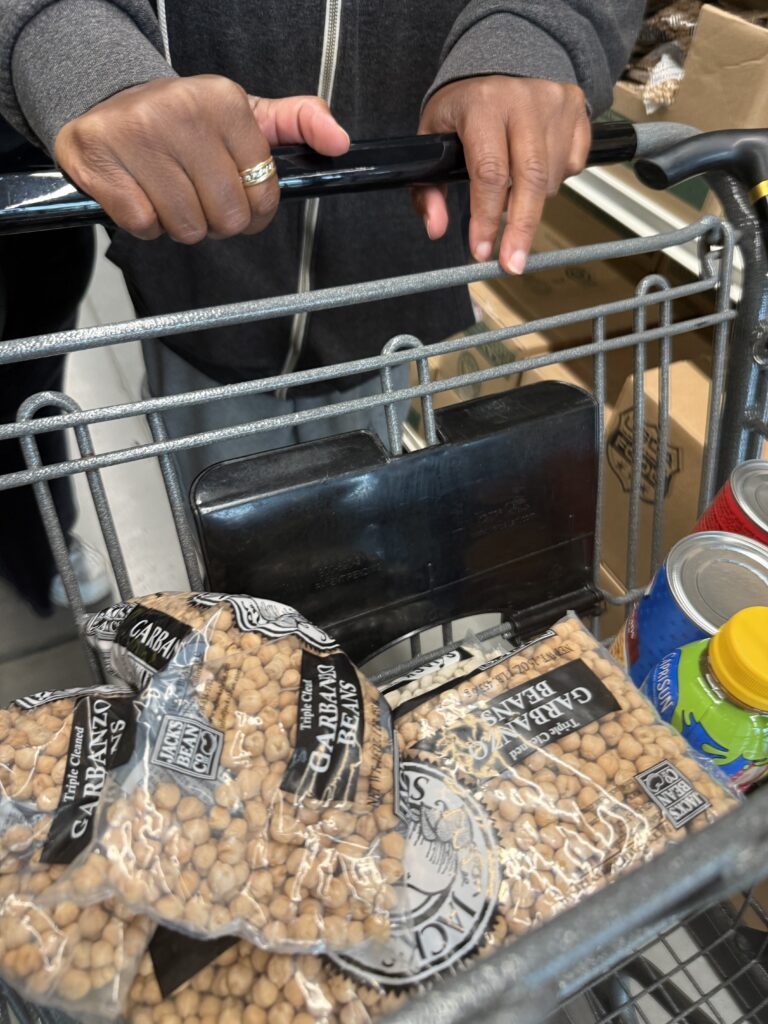
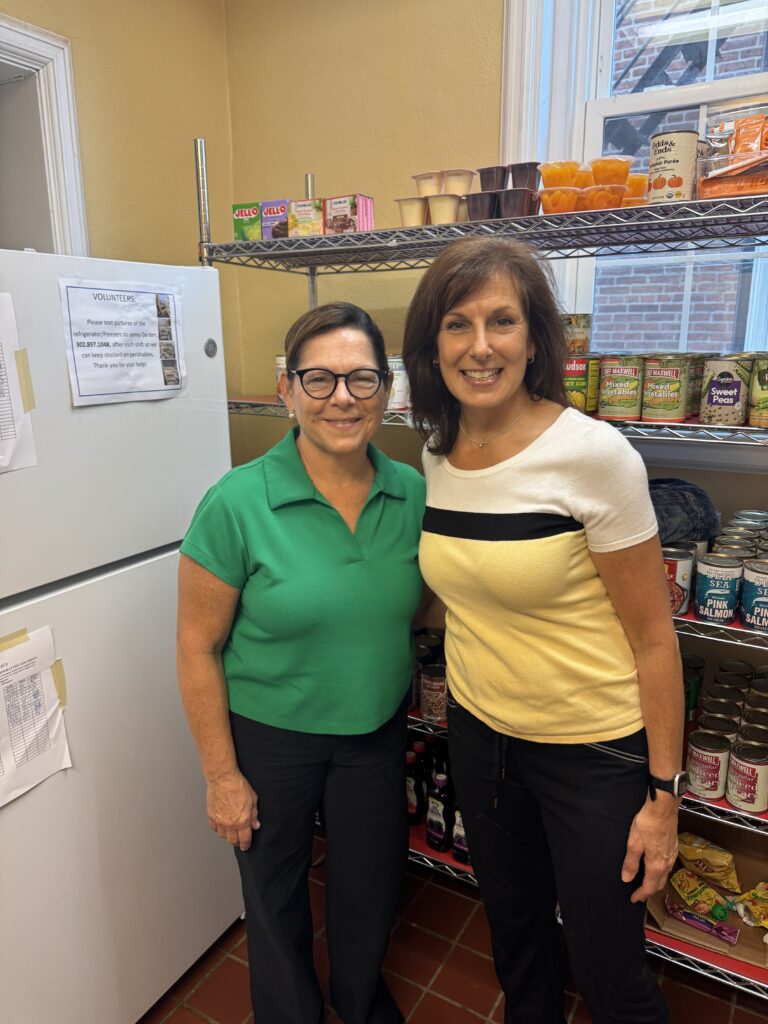
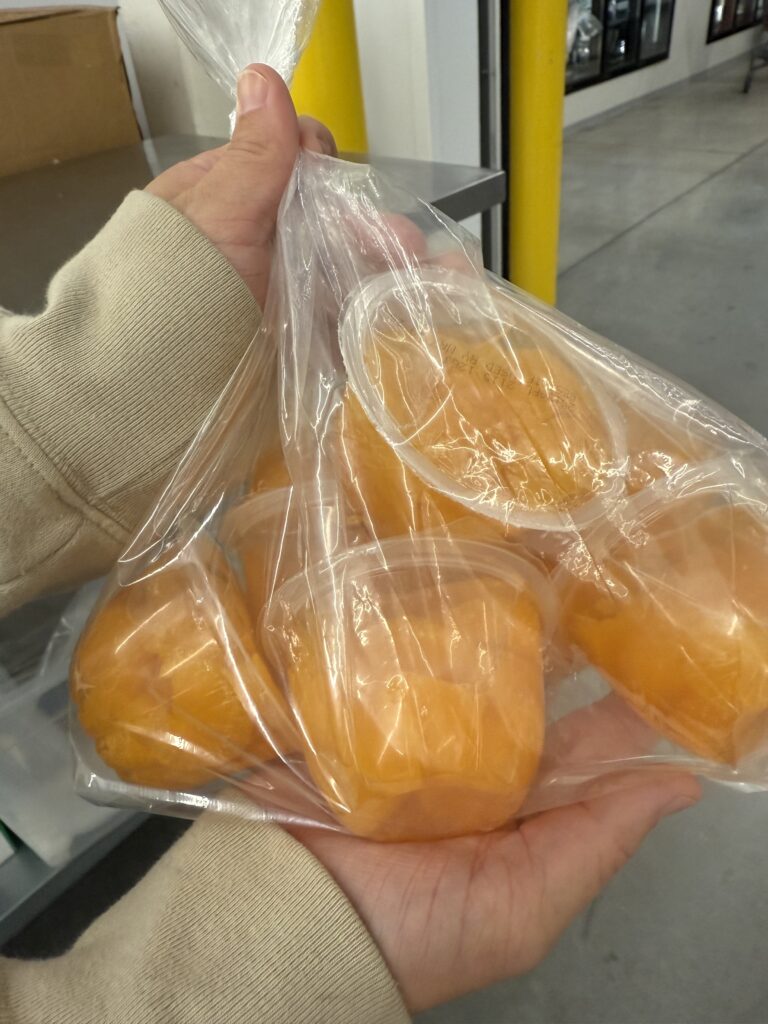
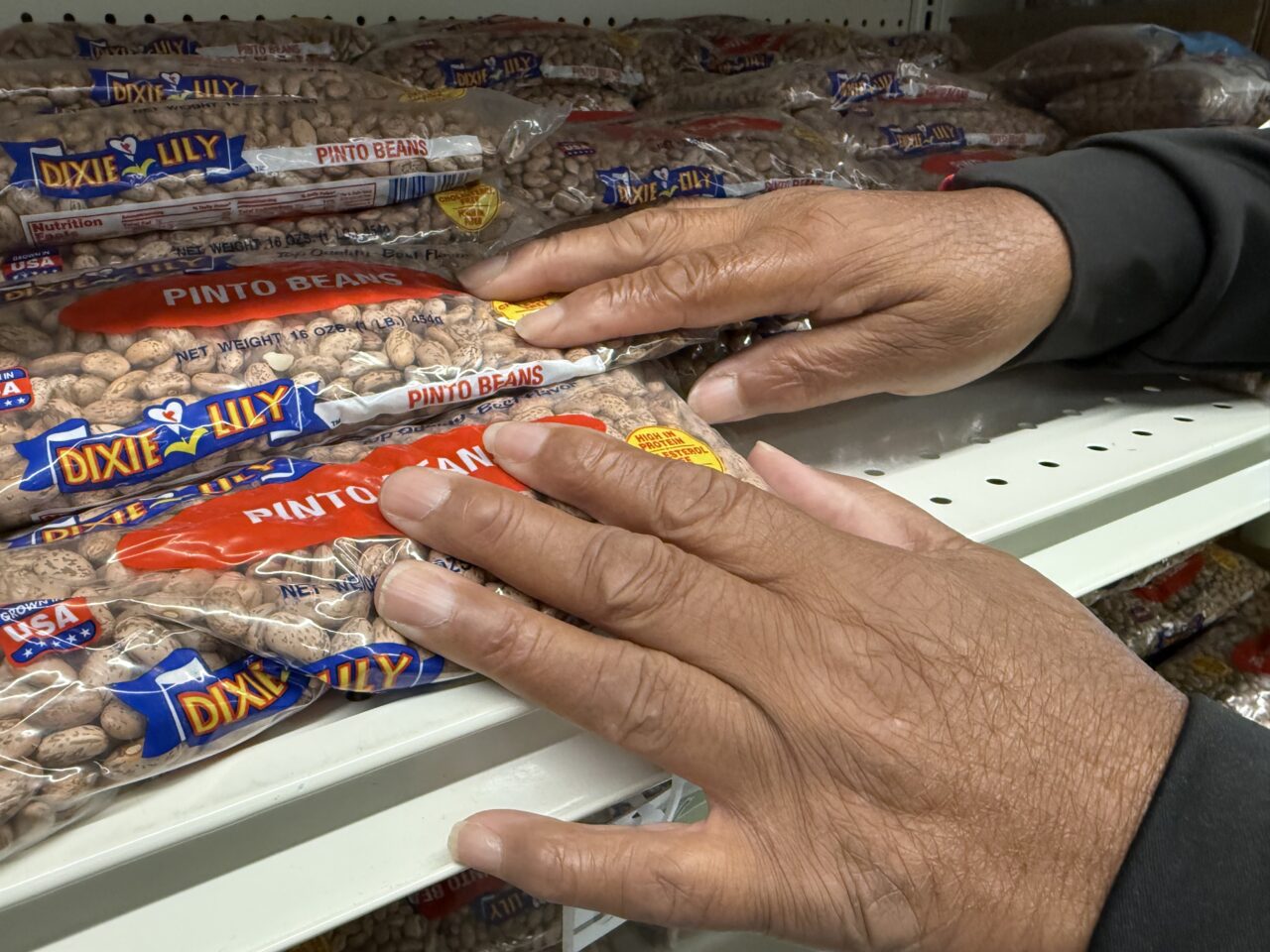
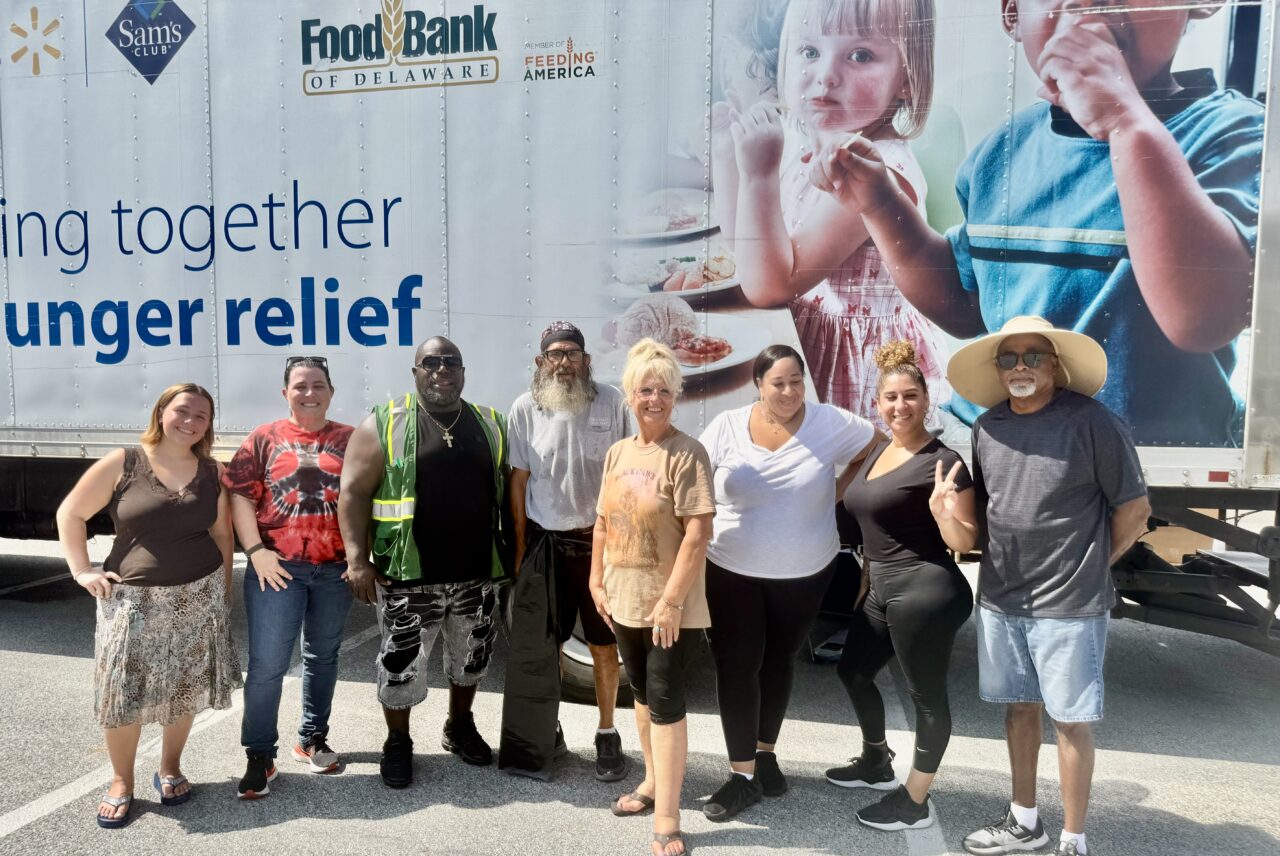



Comments are closed here.